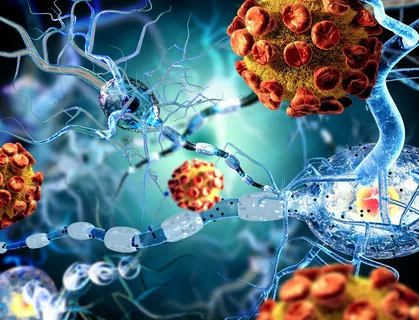A recent study conducted by Katherine MacNamara and her team at Albany Medical College in the U.S. shed light on the challenges faced by individuals recovering from severe sepsis. Severe sepsis, which arises from bacterial or viral infections, poses a grave threat to life. Even after surviving the initial bout of sepsis, patients often grapple with long-term repercussions on their immune system, rendering them more vulnerable to recurrent infections. Despite the severity of this issue, the underlying causes of sepsis-induced immune suppression remain poorly understood, with effective treatment options still lacking.
The research led by MacNamara delved into the intricacies of blood stem cells in mice that had previously experienced sepsis. Their findings, published in Stem Cell Reports, unveiled a crucial aspect of how the immune system responds to sepsis and its aftermath.
In response to acute infection, blood stem cells residing in the bone marrow spring into action upon receiving signals from inflammatory cytokines. This activation prompts the stem cells to undergo division and migration to the bloodstream, where they generate a surge of immune cells to combat the invading pathogens. Once the infection is successfully eradicated, the levels of cytokines return to normal, leading to the cessation of blood stem cell activation and immune cell production.
However, the researchers observed a disturbance in this process in mice that had survived sepsis. While the blood stem cells in these mice appeared to have fully recovered and were operational in the bone marrow twenty days post-sepsis, they exhibited a striking anomaly upon subsequent exposure to an inflammatory stimulus – specifically, the stem cell mobilizing agent known as G-CSF. Unlike their counterparts without a history of sepsis, the blood stem cells of sepsis survivors failed to undergo the expected activation and mobilization in response to the secondary stimulus.
Consequently, these mice with prior sepsis demonstrated a diminished capacity to produce immune cells efficiently, a factor that could explain their increased susceptibility to new infections post-sepsis. This phenomenon also elucidates why administering inflammatory cytokines and G-CSF to sepsis patients in prior clinical trials failed to confer protection against secondary infections.
The insights gleaned from this study hold significant promise for the development of novel treatments aimed at ameliorating immune suppression in individuals recovering from sepsis. By unraveling the intricate interplay between blood stem cells and the immune system following sepsis, researchers are paving the way for more effective therapeutic strategies to enhance the immune response in sepsis survivors.
*Note:
1. Source: Coherent Market Insights, Public sources, Desk research
2. We have leveraged AI tools to mine information and compile it

